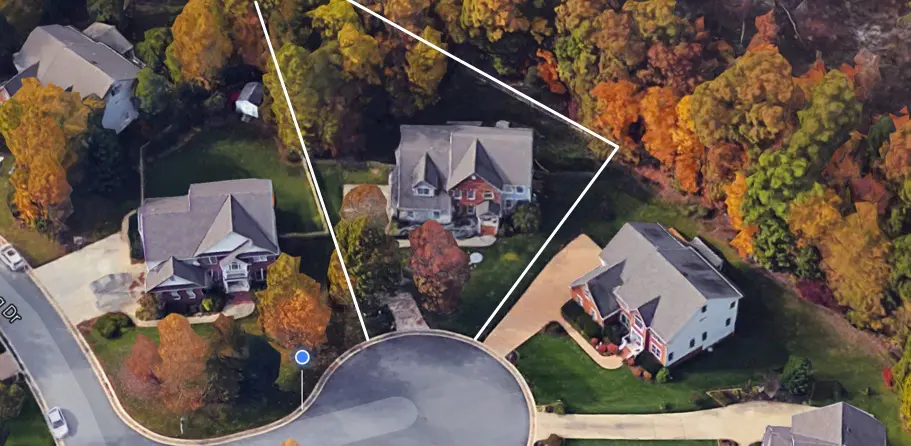I am not sure when ‘flipping’ became a dirty word.
Not long ago, I was reading an article on flipping houses and when I reached the comment section, I expected to see ‘ooos’ and ‘ahhhhs’ over the new kitchen and restored fireplace mantel. But instead of positive banter and compliments on what was a really pretty renovation, I saw accusations of greed and cutting corners as well as several attacks on the flipper’s morality.
Honestly, I was little bit stunned.
Those who are the true professionals in the renovation/rehabilitation/flip world are essential to the long term health of the housing market and their contributions should be celebrated, not disparaged.
Flipping, renovating, rehabbing, improving, additions, wholesaling — whatever the word — they are all valuable and much needed services in all markets, at all times.
What is a Flip?
So what exactly is a flip? We wrote an article specifically to answer that question, but at the end of the day, there is no one definition.
The confusion over what constitutes flipping stems from both the flippers themselves (who often do a poor job of explaining the scope of their work), as well as a suspicious buying public who has heard the horror stories of shoddy workmanship that must be re-done post settlement.
Yes, it would be nice if the flippers did a better job of explaining what their version of flipping was and, yes, it would be nice if they all did the same things each time, but the variance of house condition, what price the market will allow, and flipper vision means that each flip is unique.
So if you are looking for a singular definition of the practice, you are going to be disappointed.
So Why is Flipping Important?
Repurposing our infrastructure is, in my opinion, absolutely critical to our future. Creating new infrastructure when we already have so much existing infrastructure to leverage is both financially unwise and environmentally irresponsible.
- Why should we chop down more trees and build more interstates, when we have a perfectly well functioning road system serving vacant infill lots and abandoned homes?
- Why build 1,000 more houses further from the urban core, all hooked up to NEW water and sewer system, when we have thousands of vacant or blighted homes already hooked up to a fully functioning water and sewer system?
- And why move our population further and further from jobs, schools and shopping and increase our reliance on the automobile and gasoline?
When we renovate a home whose useful life is nearly over, we do so without adding a future tax and maintenance liability to our utility infrastructure. Each time we add 1′ of water line, sewer line, power line or interstate, we are simply adding to the tax burden that our children and our children’s children will have to carry. We need to do so with the greatest caution, not just as a default setting or because we feel it is easier.
Flipping as a Cure for Blight
Drive through any major city and you will find areas where blight is prevalent, often in proximity to areas with extremely high values. It is in these areas where values fall sharply that the flipping community often finds the best opportunities.
Charles Marohn of ‘Strong Towns’ gives a great talk about development patterns.
No city wants blight, as it typically brings with it issues associated with a breakdown in the social fabric. And while the cities can offer incentives (Tax Abatement, Enterprise Zones, Historic Tax Credits) and try to create the correct environment for renovation, they can’t do the work themselves.
An active and thriving flipping community can transform a neighborhood more quickly than anyone. When the flippers arrive en masse, they not only bring the dilapidated homes back to life, but the commercial corridors that often border them. When a community has a healthy economy within its borders — jobs, commerce, retail, entertainment — to compliment a stock of recently renovated homes, it is the greatest defense against abject and systemic poverty.
What About Gentrification?
‘Flippers just cause house prices and real estate taxes to go up and force people from their homes,’ is another argument I often hear against flipping.
Affordability is a real issue in most cities, but so it a stock of safe and secure housing. And, yes, flipping and gentrification are not always the best of friends.
But despite the fact that the two may seem to be at odds, the two do not need to be mutually exclusive.
Gentrification is a challenge and when a long-time population begins to be priced out (or taxed out) of their homes, no one wins. But renovating homes responsibly and according to today’s building codes is expensive, too. There is no easy answer.
Know that flippers tend to have a great feel for the market and know when to push values or renovate more affordably. And when they do their job correctly, they serve to be one of the best solutions to a very difficult problem. If there is any group of individuals who are qualified to straddle the line between affordability and responsibility, it is the flipping community.
Summary
Am I saying that we should never build another community in suburbia? No.
But am I saying that we also need to focus on putting our existing stock of neglected housing back to work for us? Yes, I am.
Flipping, in all of its forms, is important to health of our region. Despite the occasional story about flippers who cut some corners or maybe don’t fully disclose the scope of their work, the art of renovation has helped make Richmond a far different city than it was only a few years ago. And to that end, I applaud what they are doing.
If you are considering purchasing a ‘flip,’ do your homework. With the proper vetting and correct expectations, a flipped home can be a wonderful option.









